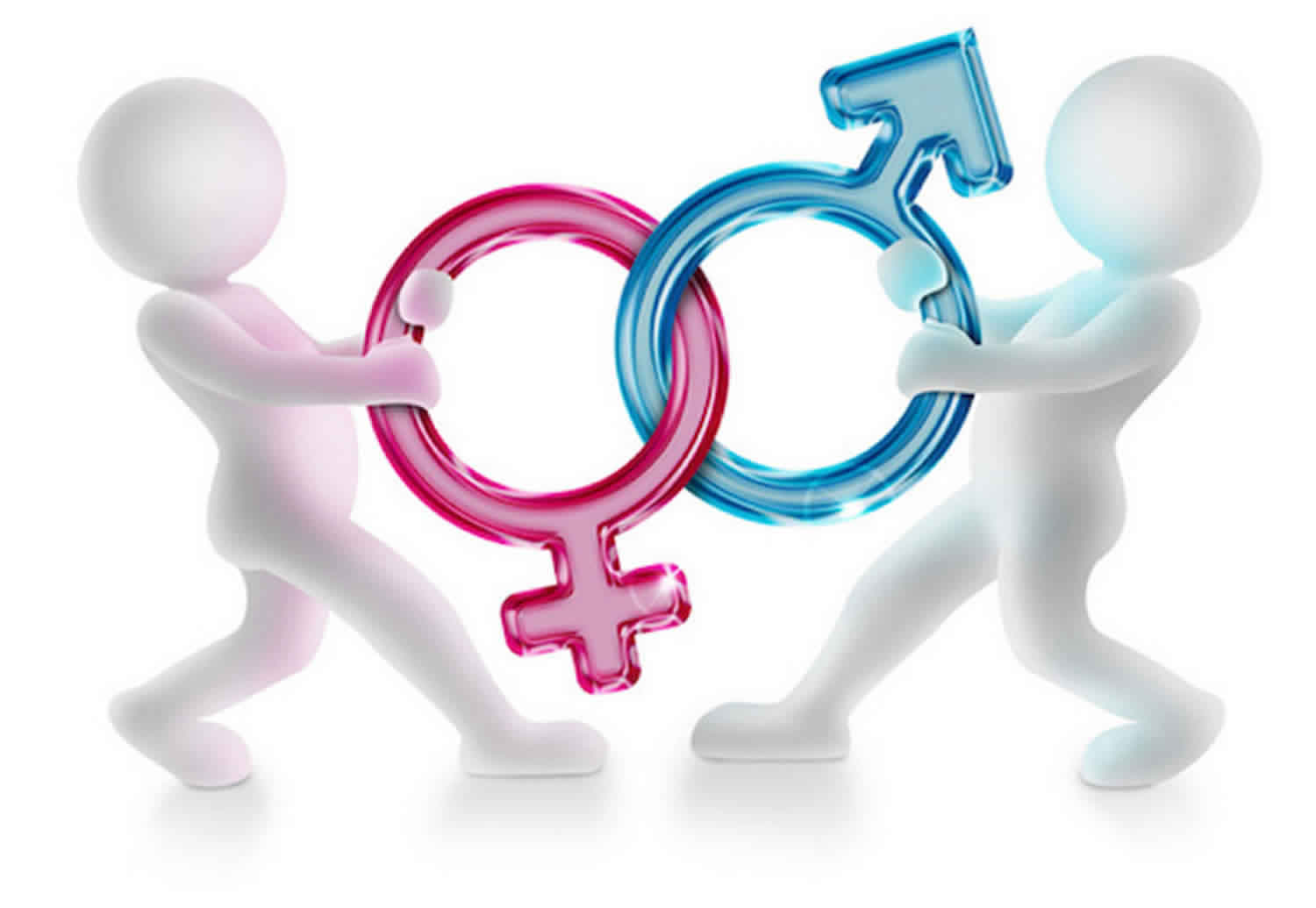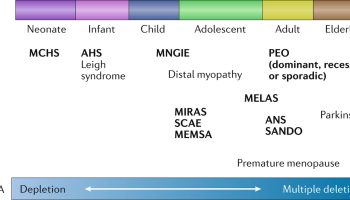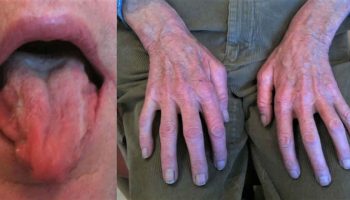Gender dysphoria
Gender dysphoria also referred to as gender identity issues, is the discomfort a person feels and distress about the gender they were born with because it does not match their gender identity. The experience may occur when a person feels their biological or physical sex doesn’t match their sense of their own gender. People with gender dysphoria may be very uncomfortable with the gender they were assigned, sometimes described as being uncomfortable with their body (particularly developments during puberty) or being uncomfortable with the expected roles of their assigned gender. For example, a person who was physically born female instead feels a deep inner sense of being male. This feeling, that there is a mismatch, can trigger a range of responses. Some people experience serious distress, discomfort, anxiety, depression and emotional pain, which can affect their mental health. Others experience only low-level distress — or none at all. For this reason, gender dysphoria is no longer considered a mental illness.
In the United States, one in 30,000 males and at least 1 in 100,000 females have sought a sex reassignment 1. One percent of the population identifies as “gender variant,” meaning that they behave and express their gender in ways that are not congruent with accepted masculine and feminine gender roles (14 Unique Gender Identity Disorder Statistics. Health Research Funding. Health Research Funding, 28 July 2014. Web. 16 February 2016.)). However, these numbers are a huge underestimation because so many gender dysphoric individuals live in secret.
The idea of ‘gender’ is complex. Generally, it’s about what it means to be ‘male’ or ‘female’ and is often defined by society and influenced by culture more than by biology. A person’s gender involves their inner sense of being male, female or somewhere in between and this can change over time. The gender that you identify with might be the same as, or it might be different from the biological sex — boy or girl — that you were assigned at birth. Biological sex is defined by your physical sexual or reproductive characteristics, such as whether you have a vagina or a penis.
People with gender dysphoria may allow themselves to express their true selves and may openly want to be affirmed in their gender identity. They may use clothes and hairstyles and adopt a new first name of their experienced gender. Similarly children with gender dysphoria may express the wish to be of the opposite gender and may assert they are (or will grow up to be) of the opposite gender. They prefer, or demand, clothing, hairstyles and to be called a name of the opposite gender. (Medical transition is only relevant at and after the onset of puberty.)
Gender dysphoria is not the same as gender nonconformity, which refers to behaviors not matching the gender norms or stereotypes of the gender assigned at birth. Examples of gender nonconformity (also referred to as gender expansiveness or gender creativity) include girls behaving and dressing in ways more socially expected of boys or occasional cross-dressing in adult men. Gender nonconformity is not a mental disorder. Gender dysphoria is also not the same being gay/lesbian.
While some children express feelings and behaviors relating to gender dysphoria at 4 years old or younger, many may not express feelings and behaviors until puberty or much later. For some children, when they experience puberty, they suddenly find themselves unable to identify with their own body. Some adolescents become unable to shower or wear a bathing suit and/or undertake self-harm behaviors.
If you, your child or your partner have feelings of gender dysphoria, you can talk to a doctor or other health professional about what help you can get.
If someone has gender dysphoria, there are different ways in which they can get help. The focus is on supporting the person and their family in working out what is best for the person.
Treatment options for gender dysphoria may include:
- Counseling to help the person understand their feelings and to provide support and coping skills
- Couples or family counseling to help reduce conflicts, create understanding, and provide a supportive environment
- Gender-affirming hormone therapy (sex hormone therapy)
- Gender-affirming surgery (sex-reassignment surgery)
Psychological counseling, especially from someone with experience in helping people with gender dysphoria, can be beneficial. Some people also find it helpful to change their sex on official documents, such as their passport or driver’s licence, to show the gender they identify with.
It is unethical for a doctor or psychologist to try to change your gender identity, and this is not an appropriate form of treatment.
Is there a general age that people realize they are transgender or experience gender dysphoria? Can it happen late in life?
Transgender refers to the broad spectrum of individuals who transiently or persistently identify with a gender different from their gender at birth. Not all transgender people suffer from gender dysphoria and that distinction is important to keep in mind. Gender dysphoria and/or coming out as transgender can occur at any age.
The Diagnostic and Statistical Manual of Mental Disorders (DSM-5) distinguishes between gender dysphoria in Childhood for those who experience gender dysphoria before puberty 2. The diagnosis of gender dysphoria in Adolescents and Adults can occur at any age. For those who experience gender dysphoria later in life, they often report having secretly hidden their gender dysphoric feelings from others when they were younger.
What is the difference between transgender and transsexual?
Transgender is a non-medical term that has been used increasingly since the 1990s as an umbrella term describing individuals whose gender identity (inner sense of gender) or gender expression (outward performance of gender) differs from the sex or gender to which they were assigned at birth. Some people who use this term do not consider themselves as matching a binary gender category. In addition, new terms such as genderqueer, bigendered, and agendered are increasingly in use.
Transsexual is a historic, medical term that refers to individuals who have undergone some form of medical and/or surgical treatment for gender reassignment (historically referred to as sex reassignment). Some transsexual individuals may identify as transgender, although others primarily identify as the male or female gender to which they have transitioned.
People who identify as transgender but who do not seek medical or surgical treatment are not transsexual.
How can a person deal with gender dysphoria without gender reassignment?
Not all individuals with gender dysphoria choose to undergo gender reassignment. For one, gender reassignment that includes surgery is very expensive and usually not covered by most insurance. Nor do all individuals with gender dysphoria desire a complete gender reassignment. Some are satisfied with taking hormones alone. Some are satisfied with no medical or surgical treatment but prefer to dress as the felt gender in public. Some people make use of Trans affirming social networks online and in local supportive communities to cope with gender dysphoria and claim a gender identity and forms of expression that do not require medical treatments. Some individuals choose to express their felt gender in private settings only because they are either uncomfortable or fearful of publicly expressing their felt gender. However some people who are denied or have no access to gender reassignment treatments can become anxious, depressed, socially withdrawn and suicidal.
How does hormone therapy affect a person’s emotional state?
Many transgender people who take feminizing or masculinizing hormones report improvement of emotions as their gender dysphoria lessens or resolves. A person transitioning from male to female (transwoman) takes feminizing hormones that may reduce libido. A person transitioning from female to male (transman) takes masculinizing hormones that may increase libido. Less commonly, masculinizing hormones may provoke hypomanic, manic, or psychotic symptoms in patients who have an underlying psychiatric disorder that include such symptoms. This adverse event appears to be associated with higher doses or greater than average blood levels of testosterone.
As with any medical treatment, the anticipated risks and benefits should be considered by a patient and prescribing doctor on an individual basis.
If a man likes to dress in women’s clothes but does not want to be a woman and otherwise lives typically as a male, does he have a psychiatric disorder?
No. Such a desire is called transvestitism and it is not a psychiatric disorder. DSM-5 does have a diagnosis of Transvestic Disorder that specifically states it “does not apply to all individuals who dress as the opposite sex, even those who do so habitually.” It is only considered a disorder if “cross-dressing or thoughts of cross-dressing are always or often accompanied by sexual excitement.”
Gender dysphoria causes
The cause of gender dysphoria is unknown. Hormones in the womb, genes, and cultural and environmental factors are thought to be involved.
Different people show their gender identity in different ways. They might have been born female and later identify as male; they might have been born male and later identify as female. Or they might identify as being somewhere in between a boy and a girl or a man and a woman. They might have another sense of their gender identity. These different situations can be described as ‘transgender’ or ‘gender diverse’.
Some people with gender dysphoria strongly feel they want their body changed so it fits their self-identified gender. They might want to have the physical features of that gender and be treated as having that gender identity. These feelings may become stronger around puberty and adolescence.
Gender diversity by itself does not cause mental health problems. However, some people with gender dysphoria find the mismatch of their body and gender identity to be so distressing that it leads to serious mental health problems such as anxiety, depression, self-harm and even suicide.
Not every transgender or gender diverse person will have this experience however, and not all will experience gender dysphoria.
Gender dysphoria symptoms
Gender dysphoria can occur in children and in adults. Symptoms vary by age.
Children may:
- Insist that they are the other gender
- Strongly want to be the other gender
- Want to dress in the clothes of the other gender and resist wearing clothes of their biological gender
- Prefer to act the role of the other gender in play or fantasy
- Prefer toys and activities of the other gender
- Strongly prefer to play with children of the other gender
- Feel a strong dislike of their genitals
- Want to have the physical characteristics of the other gender
Adults may:
- Strongly want to be the other gender (or a gender different from the one they were born with)
- Want to have the physical and sexual characteristics of the other gender
- Want to be rid of their own genitals
- Want to be treated like the other gender
- Strongly believe that they have the feelings and reactions of the other gender
Both adults and children may feel a feel a deep distress that interferes with school, work, social life, religious practice, or other areas of life. They may become anxious, depressed, and even suicidal.
Gender dysphoria complications
Gender dysphoria is associated with high levels of stigmatization, discrimination and victimization, contributing to negative self-image and increased rates of other mental disorders. Transgender individuals are at higher risk of victimization and hate crimes than the general public. Adolescents and adults with gender dysphoria are at increased risk for suicide.
In adolescents and adults, preoccupation with cross-gender issues can interfere with daily activities and cause problems in relationships or in functioning at school or work. Children with gender dysphoria may experience teasing and harassment at school or pressure to dress more like their assigned gender. Children with gender dysphoria are at higher risk of emotional and behavioral problems, including anxiety and depression.
Transgender individuals may also face challenges in accessing appropriate health care and insurance coverage of related services.
Gender dysphoria diagnosis
Only health care providers trained to identify and work with people with gender dysphoria should make a diagnosis.
The health care provider will take a medical history and do a psychiatric evaluation. Gender dysphoria may be diagnosed if two symptoms or more last at least 6 months.
DSM 5 gender dysphoria
The Diagnostic and Statistical Manual of Mental Disorders (DSM-5) provides for one overarching diagnosis of gender dysphoria with separate specific criteria for children and for adolescents and adults 2.
In adolescents and adults gender dysphoria diagnosis involves a difference between one’s experienced/expressed gender and assigned gender, and significant distress or problems functioning. It lasts at least six months and is shown by at least two of the following:
- A marked incongruence between one’s experienced/expressed gender and primary and/or secondary sex characteristics
- A strong desire to be rid of one’s primary and/or secondary sex characteristics
- A strong desire for the primary and/or secondary sex characteristics of the other gender
- A strong desire to be of the other gender
- A strong desire to be treated as the other gender
- A strong conviction that one has the typical feelings and reactions of the other gender
In children, gender dysphoria diagnosis involves at least six of the following and an associated significant distress or impairment in function, lasting at least six months.
- A strong desire to be of the other gender or an insistence that one is the other gender
- A strong preference for wearing clothes typical of the opposite gender
- A strong preference for cross-gender roles in make-believe play or fantasy play
- A strong preference for the toys, games or activities stereotypically used or engaged in by the other gender
- A strong preference for playmates of the other gender
- A strong rejection of toys, games and activities typical of one’s assigned gender
- A strong dislike of one’s sexual anatomy
- A strong desire for the physical sex characteristics that match one’s experienced gender
For children, cross-gender behaviors may start between ages 2 and 4, the same age at which most typically developing children begin showing gendered behaviors and interests. Gender atypical behavior is common among young children and may be part of normal development. Children who meet the criteria for gender dysphoria may or may not continue to experience it into adolescence and adulthood. Some research shows that children who had more intense symptoms and distress, who were more persistent, insistent and consistent in their cross-gender statements and behaviors, and who used more declarative statements (“I am a boy (or girl)” rather than “I want to be a boy (or girl)”) were more likely to become transgender adults 3.
Gender dysphoria treatment
Treatment options for gender dysphoria include counseling, cross-sex hormones, puberty suppression and gender reassignment surgery. Some adults may have a strong desire to be of a different gender and to be treated as a different gender without seeking medical treatment or altering their body. They may only want support to feel comfortable in their gender identity. Others may want more extensive treatment including hormone treatment and gender reassignment surgery leading to a transition to the opposite sex. Some may choose hormone treatment or surgery alone. The goal of treatment is to help the person overcome the distress they feel. It often includes helping the person transition to the gender they identify with.
Hormone treatment can help some people with gender dysphoria. There are 2 types:
- medication to block puberty
- cross-sex hormone treatment, using hormones such as estrogen or testosterone, which can be prescribed for children from around age 16
The type of hormone treatment recommended will depend on whether the person has been through puberty yet, and a medical specialist in hormonal treatment will supervise it. Depending on their age, the person may need permission from parents or a legal authority to go ahead.
Once someone is 18 years of age, they can consider surgery to change some of the physical features that don’t align with their gender identity. The person usually must have sex hormone therapy and have lived as their chosen gender for at least a year before a decision is made about surgery. There are two main types of surgery: one affects fertility, the other does not. Not everyone chooses to have surgery, or they may choose only one type of surgery. People choose the level of treatment that helps them feel most comfortable.
Because of societal and family pressures, having gender dysphoria can affect a person’s mental well-being. It is important for the person to receive counseling and support throughout and even after their transition.
There are many kinds of treatment, so if you are experiencing gender dysphoria you should feel free to ask your doctor any questions you might have. Any type of treatment is tailored to the person’s individual needs.
Individual therapy can help a person understand and explore his/her/their feelings and cope with the distress and conflict. Couples therapy or family therapy may be helpful to improve understanding and to create a supportive environment. Parents of children with gender dysphoria may also benefit from counseling. Peer support groups for adolescents and adults and parent/family support groups can also be helpful.
A child’s treatment typically involves a multi-disciplinary team of health care professionals, which may include a pediatrician, a psychiatrist, other mental health professionals, a pediatric endocrinologist (specialists in hormone conditions in children) and an advocate. Treatment may focus primarily on affirming psychological support, understanding feelings and coping with distress, and giving children a safe space to articulate their feelings. For many children the feelings do not continue into adolescence and adulthood.
A person may also address social and legal transition to the desired gender.
Gender dysphoria prognosis
Diagnosing and treating gender dysphoria early can reduce the chance of depression, emotional distress, and suicide.
Treatment can relieve symptoms of gender dysphoria. However, reactions from others to the person’s transition can continue to create difficulties with work, family, religious, and social life.
- 14 Unique Gender Identity Disorder Statistics. Health Research Funding. Health Research Funding, 28 July 2014. Web. 16 February 2016.[↩]
- Diagnostic and Statistical Manual of Mental Disorders (DSM-5), Fifth edition. American Psychiatric Association. 2013[↩][↩]
- Steensma, TD, et al. 2013. Factors associated with desistence and persistence of childhood gender dysphoria: A quantitative follow-up study. J Am Acad Child Adolesc Psychiatry, 52(6):582-90.[↩]





